Anthony Arnold’s Treason
The year 1676 saw the colony of Virginia in a state of Rebellion. The unrest that would come to be known as Bacon’s Rebellion, began at a time of discord in the colony over economic issues and tensions between Indian’s and colonists. On one side was Governor William Berkeley; the other Nathaniel Bacon, Berkeley’s cousin by marriage. Many events occurred between the men, which resulted in both sides building up supporters in the form of small “armies”. Berkeley fled to the Eastern Shore, Bacon took Jamestown and Berkeley’s home at Green Spring near Middle Plantation, and in September of 1676, Bacon’s followers captured and burned Jamestown. Bacon died of the “Bloodie flux” on October 26, 1676 and the rebellion more or less fizzled away. In the fallout of Bacon’s Rebellion, Governor Berkeley had many of Bacon’s followers captured, put to death for their role in the uprising, and confiscated many of Bacon’s followers’ property, estates, servants, in short, everything they had. (For more information on Bacon’s Rebellion, see Bacon’s Rebellion – Historic Jamestowne Part of Colonial National Historical Park (U.S. National Park Service) (nps.gov).
One of Bacon’s most loyal followers was a man named Anthony Arnold of King William County. His role in Bacon’s Rebellion is not known, but records leave behind breadcrumbs that suggest he was one of the more involved individuals among the Baconians. On January 29, 1677 three of the King Charles II’s commissioners, Sir John Berry, Herbert Jeffreys, and Francis Moryson (former Governor of Virginia), arrived in the colony to assess the situation on the ground. At this point the rebellion had ended, Bacon was dead, and Berkeley was running around roughshod over the country punishing those who opposed him during the recent unpleasantness. Berry, Jeffreys and Moryson brought with them a pardon issued by the King for all those involved in the rebellion, except for Bacon, who was already dead. Despite this royal proclamation, Berkeley continued to go after Bacon’s followers, confiscating their land, servants, and estates.
So who was Anthony Arnold? What was his role in the rebellion? What do the records say of him? Nothing is known of Anthony Arnold’s early life or where he came from. The first records of him come in 1657 in New Kent County (now King William County). On October 25, 1657 he was granted land on the Chickahominy Swamp and over the next few years he amassed other grants of land on and around the upper Mattaponi River in New Kent. Some of his lands were adjoining to acreage owned John Maddison, great grandfather of President James Madison.
Some of the land purchased by Arnold came from Colonel William Claiborne who had a patent in 1654 for “1200 acres on the northeast side of the Mattaponi running down the river to an ancient Indian ferry.” Arnold had 1,200 acres on the south side of the Mattaponi River, and he had purchased 600 acres (of the 1200 owned by Claiborne) on the north side of the river. Arnold’s property on the Mattaponi River appears on the Jefferson-Fry map of 1751 designated as Arnolds Ferry (later known as Presqueisle). Anthony Arnold did in fact run a ferry on his property. By the time of Bacon’s Rebellion, Arnold owned 3,000 acres of land spread across five parcels, the most of all of Bacon’s followers. His properties varied in quality having been described as follows: “400 acres of ‘good land,’ to 300 acres of ‘poor land’ near a swamp and included 1200 acres of ‘indifferent and good land.”
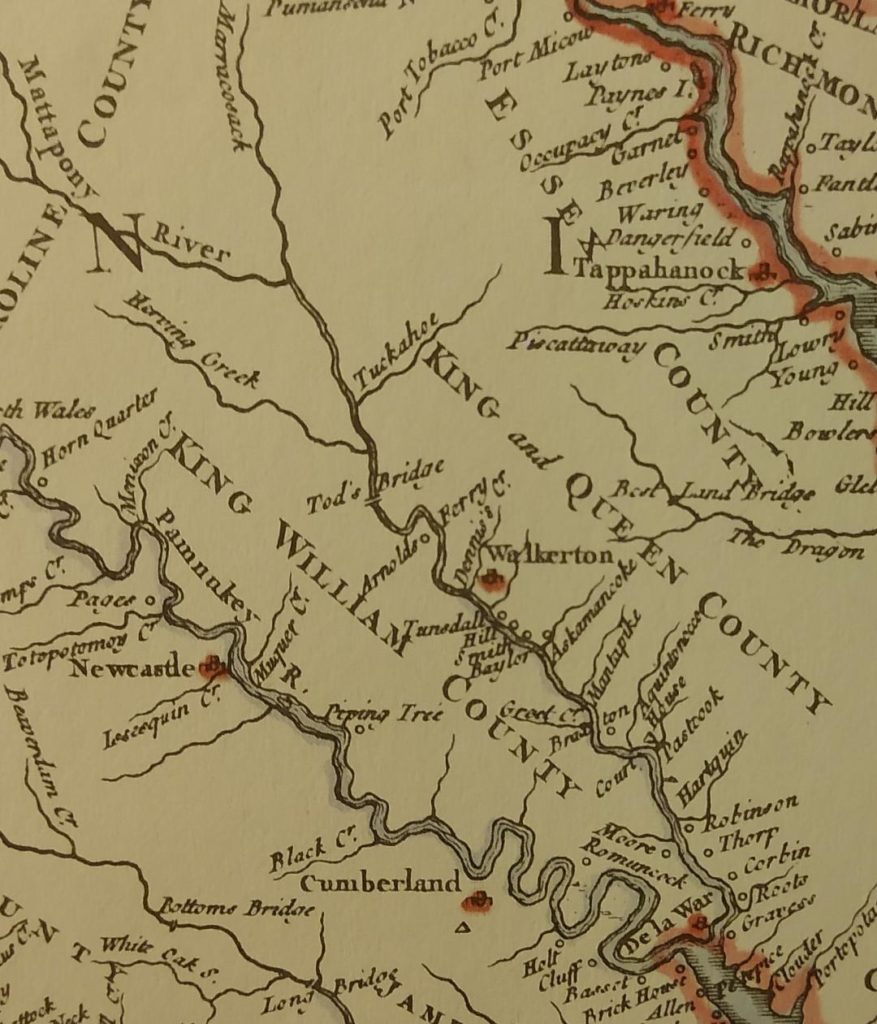
Part of the 1751 Jefferson-Fry Map of Virginia. Pictured in the center is the location of Arnold’s Ferry in King William County.
Aside from operating a ferry, Anthony also operated a grist mill on his 1,200-acre home plantation. His estate included eight barrels of corn at his grist mill, 48 swine, a “good saddle horse”, an “old post horse”, a “good brooding mare”, “one old cart with iron bound wheels and 4 harnesses for horses”, 12 head of cattle, a gun, two iron pots, various kitchen utensils, and one white indentured servant. The house on his home plantation was described as “ordinary Virginia housing”. Arnold was also part owner of a sloop which, at the time of his death, he still owed money on.
Trying to discern what led Arnold to follow and support Nathaniel Bacon and the role he played in the rebellion is hard to judge. As previously mentioned, King Charles II sent three commissioners to the Colony to gain a grasp on the situation on the ground. The commissioners left a good record of what was going on during their time in the colony gathering information and recording events as they happened. After they had arrived, the rebellion had already been put down and many of Bacon’s supporters had already been captured and some already put to death. Thomas Notley, Maryland’s colonial Governor wrote on January 22, 1677 that “Only 3 rebels with few men are left, namely Laurence, Drummond, and Arnold and they are expected to be taken or killed at any moment.” In a proclamation of Governor Berkeley dated February 10, 1677 he writes “None of the following will be pardoned: Gyles Bland, Thomas Goodrich, Anthony Arnold, John Rutherford ‘notorious rebells being now in prison’”. To gain possible insight as to why Arnold joined Bacon, a letter written by the commissioners on March 27, 1677 sheds some light on this subject:
One Arnold, a horrible, resolute rebel they advised to have hanged in chains in his own county to be a more remarkable example as his crimes were more heinous than the rest. He said he had no kindness for Kings, and that they had no right but what they got by conquest and the sword; he that by the sword deprived them of it had as good a title to it as the King himself. If the King should deny to do him right he would make no more to sheath his sword in his heart or bowels than in his own mortal enemy’s. For these and other treasonable words he was accordingly executed. The Country is not capable of executing the sentence peculiarly reserved to traitors according to the Laws of England, though they were all sentenced according to the judgment pronounced in cases of High Treason.
Judging from these statements, seeing as Berkeley was the King’s man, Arnold likely supported Bacon because of what the royal governor represented. Arnold, in these statements, shows that he has the likely potential to be a rebellious person; the smallest spark could set him aflame. Also, the line, “his crimes were more heinous than the rest,” may offer a window into the possible role Anthony played in the rebellion. Judging from this phrase, he likely took part in some of the larger events tied to the rebellion which may have included the taking of Berkeley’s residence at Green Spring or the capturing and burning of Jamestown on September 19, 1676. Another big event that occurred was when Bacon and his followers kidnapped the wives of some of Berkeley’s supporters and placed them on the parapet of siege fortifications that Bacon’s men had erected when they surrounded and captured Jamestown.

The Burning of Jamestown, by Howard Pyle, 1905.
By February 20, 1677, Anthony Arnold had been executed for his treasonous actions. Arnold’s body was not given back to his family but was sent to West Point on the Mattaponi where it was hung from a gibbet. Dr. Malcolm Hart Harris in his book, Old New Kent County, states that “The hanging took place at the intersection of Second and Main Streets in the town of West Point, from a mulberry tree and the scion of the mulberry trees may be seen to this day.” Anthony Arnold’s estate was seized by Governor Berkeley and divided up and given to those who remained loyal to him during the rebellion. Arnold’s children were orphaned after his death and were left in a precarious position for a time. One of his son’s, Benjamin Arnold, was able to gain back some restitution years later on April 23, 1688, when he was granted 1,754 acres of his father’s former lands on the north side of the Mattaponi River and is today approximately two miles south of Aylett in King William County.
One may ask, why is this obscure man so important? Anthony Arnold’s legacy that he left was his rebellious nature and independence. His granddaughter, Ann Arnold Temple, likely told her son, Benjamin Temple, stories about her grandfather. Benjamin Temple, and other four other great-grandchildren of Anthony Arnold, would go on to fight for the patriot cause in the American Revolution, carrying on the family legacy of rejecting royal rule.
References
Harris, Malcolm Hart. Old New Kent County: Some Account of the Planters, Plantations, and Places in New Kent County, 2 vols. West Point, Virginia: Malcolm Hart Harris, 1977.
Minor, H. Franklin. “The Legacy of Anthony Arnold: He Had No Kindness For Kings.” Tidewater Virginia Families: A Magazine of History and Genealogy 12, no. 4 (February/March 2004): 218-223.
Neville, John Davenport. Bacon’s Rebellion: Abstracts of Materials in the Colonial Records Project. Virginia: The Jamestown Foundation, 1976.
Sprinkle, Jr., John Harold. Loyalists and Baconians: The Participants in Bacon’s Rebellion in Virginia, 1676-1677. The College of William and Mary: Sprinkle, John Harold Jr, 1992.
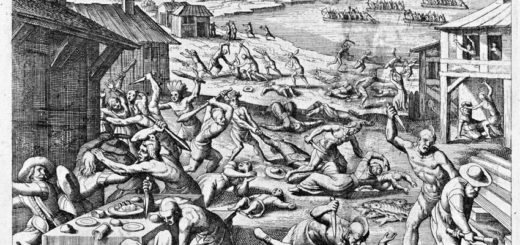
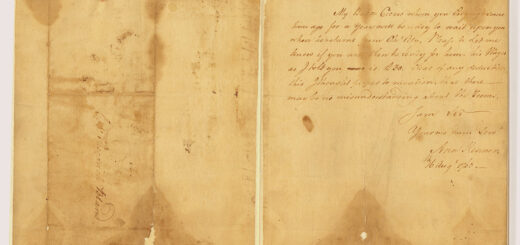
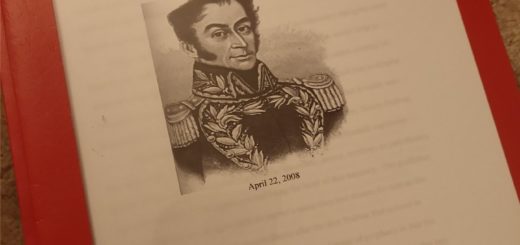

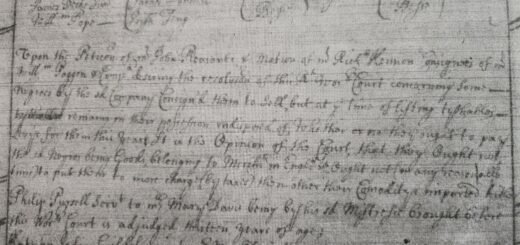
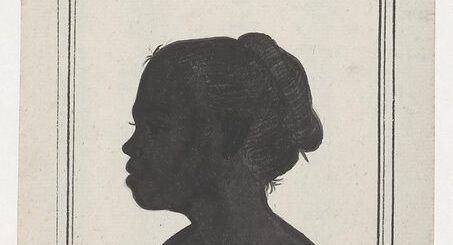

Interesting. Wonder if related to Devil’s family?
Correction: cecil’s family
It’s possible, maybe at some point we can try to look into it again. Glad you enjoyed the article auntie.
Very interesting. Enjoyed reading this.
Glad you enjoyed it.
Interesting read and enjoyed it. Keep up the great work!
Hey Leif, thanks for that. Glad you enjoyed it.
Thank you for posting. A member of my family, Thomas Hansford, was hung for his participation. I will be reading some of your references.
Fran, thanks for reading and glad you enjoyed it. Your ancestor suffered the same fate as Arnold, loss of life, home, property. I’ve always found Virginia history up to the revolution very interesting. One thing I’ve always loved about Bacon’s Rebellion is the correlation between that rebellion and the War for independence. Being 100 years apart, Bacon’s Rebellion was a precursor to what happened in 1776. And as I mentioned in the article, Benjamin Temple, Anthony Arnold’s great grandson himself ended up fighting in the Revolution, likely a product of his mother telling him stories of Arnold.
Interesting read!
Thanks for reading Jess, glad you enjoyed it. One of the interesting things about Bacon’s Rebellion was that his “army” was composed of both white and black supporters, kind of crazy considering the times. At this point in Virginia’s history, there was a shift taking place where indentured servitude began to decline and slavery began to take a foothold.
Very interesting. I had not read of the burning of Jamestown before.
Glad you enjoyed the article Kenneth. There was a lot of crazy events going on during the rebellion, the burning of Jamestown would have had to been the culmination of the rebellion. If Bacon hadn’t died in October 1676, imagine how far it could have gone.
I am still searching for records, but my father said Anthony Arnold came to America as an indentured servant. He is my 7th Great Grandfather on my father’s side . Thank you for this article! I loved reading it!
Glad you enjoyed it, Paula.
Edward Arnold is my 9th great-grandfather on my fathers side. Interesting. It seems like rebel blood ran strong through my line.
Rebelling definitely does run in the family, Anthony is a case in point, as well as his great grandson, Benjamin Temple.
Can you help explain how Edward Arnold belongs in Anthony Arnold’s family. I sure would appreciate it. Thank you. Anthony Arnold is my 10th GGF.
Looking through our family tree, Anthony Arnold is also a 7th Great Grandfather to me. It was a good read to be sure. Thank you Todd for sharing this. Paula, we may need to compare notes!
Glad you enjoyed the article, Patricia.